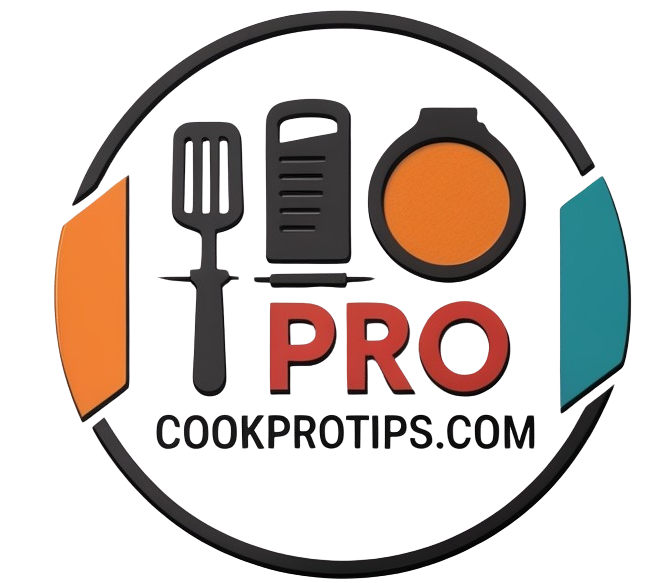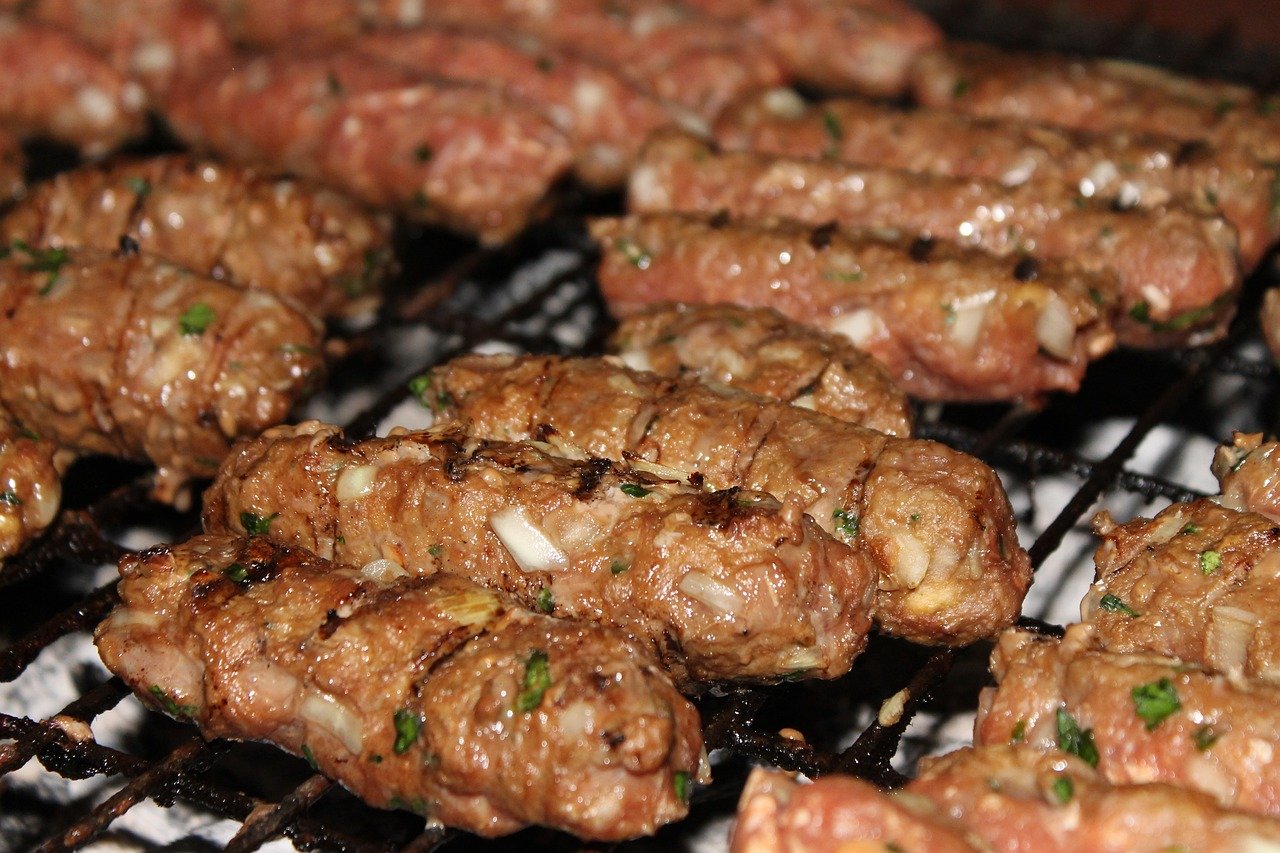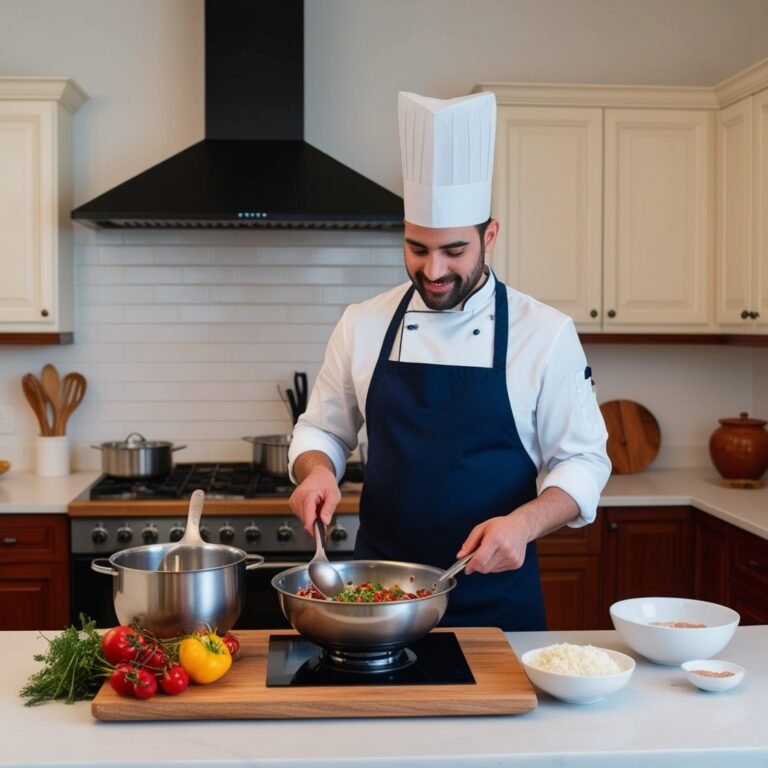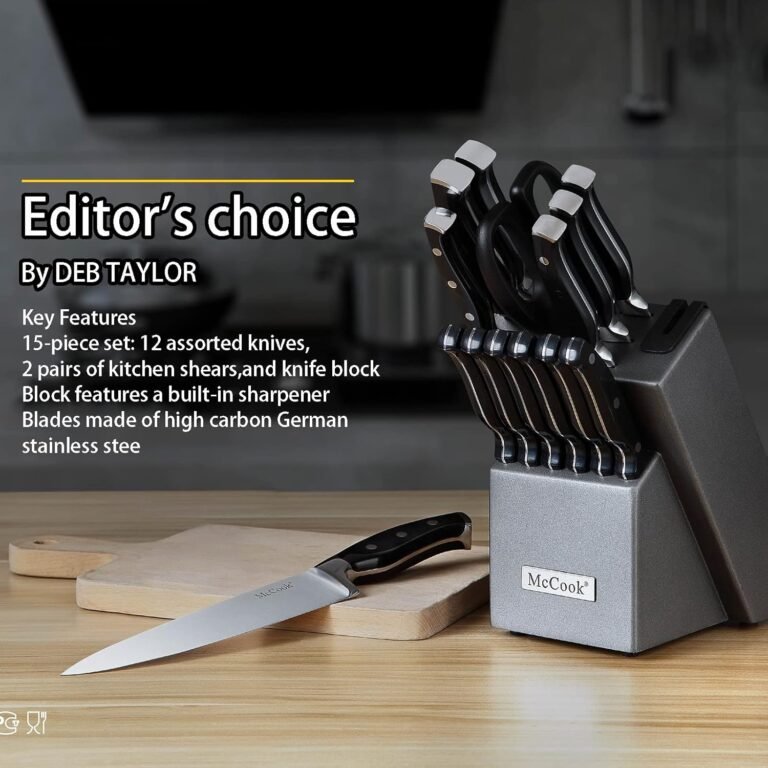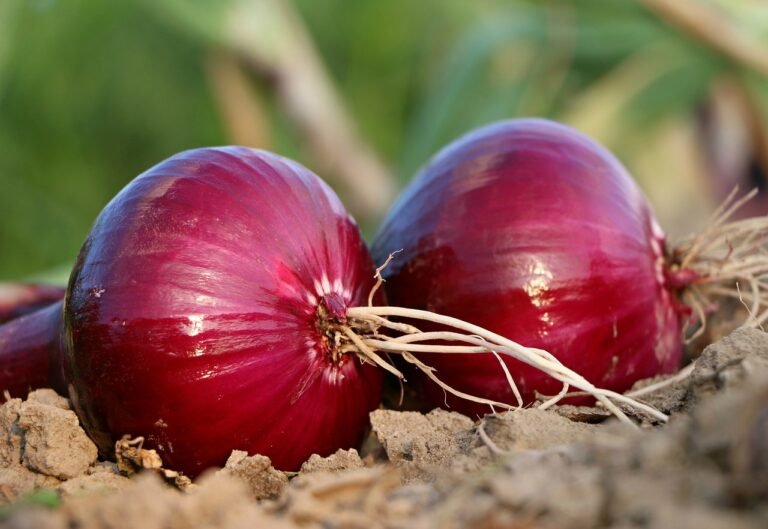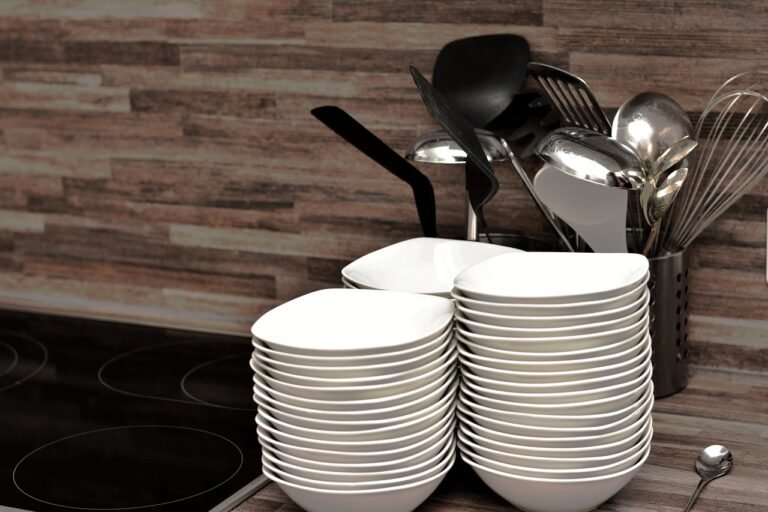Understanding Basic Cooking Terms: A Glossary for Beginners
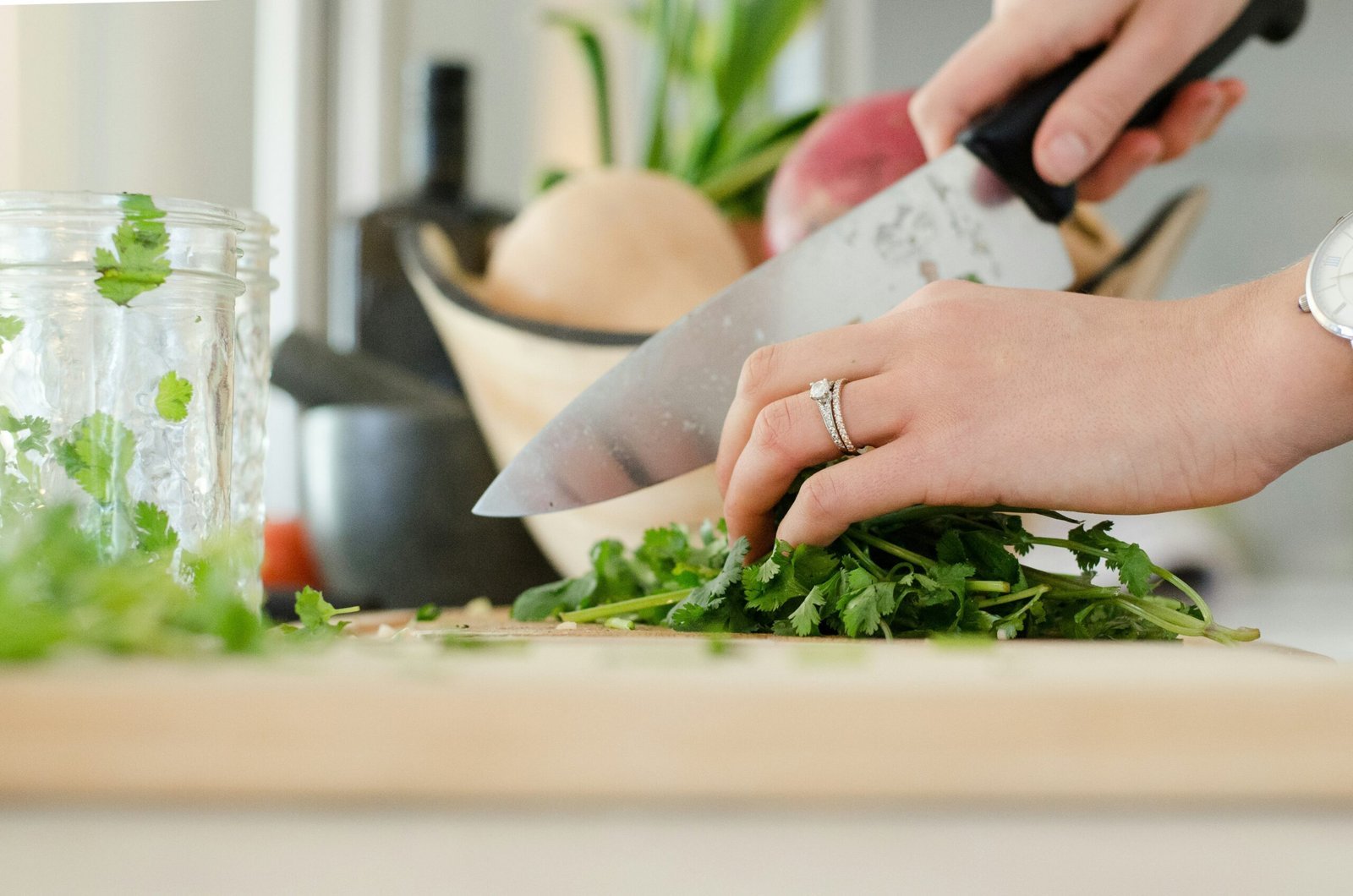
Introduction to Cooking Terms
Understanding cooking terms is essential for those embarking on their culinary journey. As beginners navigate the kitchen, familiarizing themselves with this lexicon enhances their cooking experience, allowing for more confidence in meal preparation. This mastery of language serves not only as a means to follow recipes accurately but also empowers individuals to explore new techniques and flavors.
The importance of grasping cooking terminology extends beyond the practical aspects of following a recipe. It unlocks a deeper understanding of the cooking process itself, which is instrumental in improving skills over time. For instance, knowing the difference between “sautéing” and “boiling” can significantly affect the outcome of a dish. As cooks become increasingly comfortable with these terms, they are more likely to experiment with ingredients and methods, fostering a creative cooking environment.
This glossary aims to serve as a valuable resource for new cooks. Readers can expect to learn precise definitions and applications of common cooking terms which will aid in the efficient execution of various recipes. In addition, it is beneficial to incorporate tools such as cookbooks or cooking apps into the learning process. These resources often provide practical examples, illustrations, and step-by-step guides that can further solidify understanding.
Moreover, the glossary will provide tips to maximize this resource, encouraging readers to not only memorize definitions but also practice them in real culinary scenarios. Understanding the foundational terms of cooking can transform a novice’s approach in the kitchen, making their culinary experiences more enjoyable and less intimidating. As this journey unfolds, confidence will grow, leading to improved skills and a greater appreciation for the art of cooking.
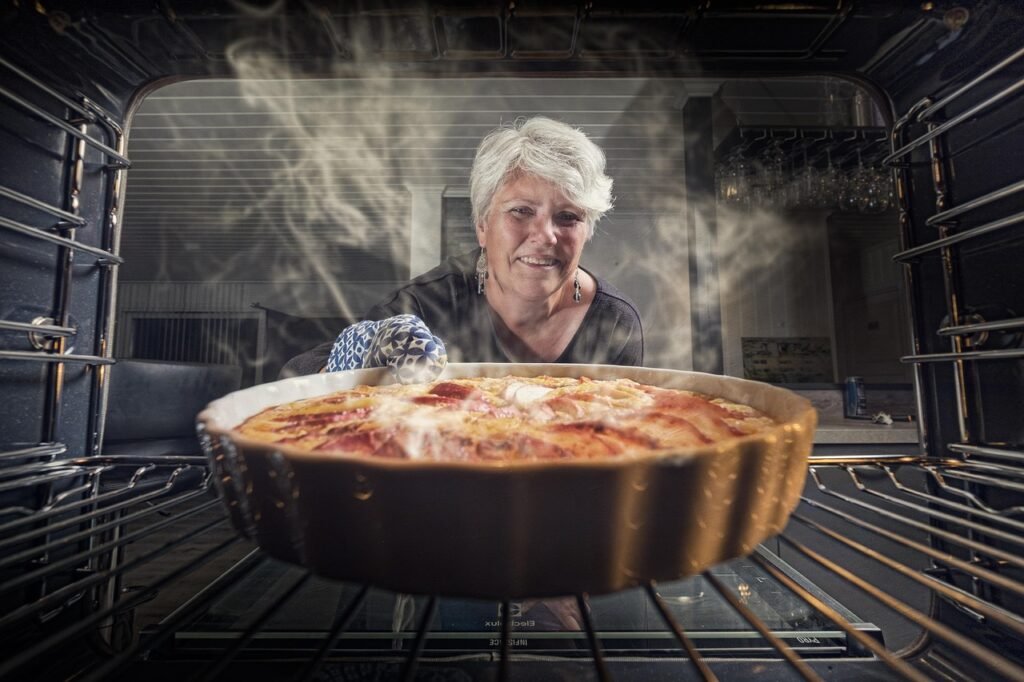
Common Cooking Terms Defined
Cooking is both an art and a science, and understanding the terminology can significantly enhance one’s culinary skills. For beginners, familiarizing oneself with common cooking terms is essential for successful food preparation. Here, we will define several key cooking terms and provide practical examples for clearer comprehension.
Sauté: This term refers to the technique of cooking food quickly in a small amount of oil or fat over relatively high heat. For instance, if a recipe instructs you to sauté onions, you would cook them in a pan with some oil, stirring occasionally, until they become translucent and tender.
Broil: Broiling is a cooking method that involves exposing food to direct heat, typically from above. This technique is often used for meats and vegetables, giving them a crisp surface. For example, to broil a salmon fillet, place it on a baking sheet and position it underneath the broiler until the top is nicely browned.
Fold: Folding is a gentle mixing technique used to combine lighter ingredients, like whipped cream or egg whites, into heavier mixtures without deflating them. When a recipe requires you to fold in chocolate chips into a batter, you would use a spatula to incorporate the chips delicately.
Knead: This term refers to the process of working dough with your hands to develop gluten and create a smooth, elastic texture. For example, when making bread, you will knead the dough for about 10 minutes until it is elastic and smooth.
Blanch: Blanching involves briefly cooking food in boiling water and then quickly transferring it to ice water to halt the cooking process. This technique is often used for vegetables to preserve their color and texture. For instance, blanching green beans before sautéing them helps retain their vibrant color.
For further learning, beginners might find cooking dictionaries or online resources helpful. Websites and apps dedicated to culinary education can provide detailed explanations and instructional videos that enhance understanding of these terms and techniques.

Cooking Techniques Explained
Cooking techniques form the backbone of culinary practice, providing essential methods for preparing food. Among the most common techniques are grilling, roasting, steaming, and poaching. Each method varies in process and suitability for different types of food.
Grilling involves cooking food over direct heat, often on a grill outdoors but can also be done indoors using a grill pan. This technique is ideal for meats like steak, chicken, and seafood as it imparts a unique charred flavor. To achieve the best results, preheat the grill and oil the grates to prevent sticking. Using a meat thermometer can help gauge doneness, ensuring perfectly cooked grilled foods.
Roasting, on the other hand, uses dry heat in an oven, making it suitable for tender cuts of meat, vegetables, and even fruits. The process begins by seasoning the food with herbs and spices and placing it in a roasting pan to cook. A key tip for roasting is to monitor the cooking temperature and time closely to prevent drying out the food. Basting occasionally can help maintain moisture and enhance flavor.
Steaming is a gentle cooking technique that preserves the nutrients in food, making it particularly suitable for vegetables and delicate proteins like fish. This method involves cooking food using steam from boiling water, typically in a steamer basket or a specialized electric steamer. For effective steaming, ensure that the water does not touch the food directly, and cover to retain the steam.
Lastly, poaching entails cooking food gently in simmering liquid, making it perfect for eggs, fish, or fruits. The liquid can vary from water to broth, depending on the dish. It is crucial to maintain a low temperature to avoid boiling, which could toughen delicate items. A non-stick pan or a deep skillet works well for this technique, ensuring that the food slides out easily when done.
By understanding and practicing these cooking techniques, beginners can enhance their culinary skills and explore a variety of delicious dishes with confidence.
Putting It All Together: Practical Applications
As we reach the culmination of our exploration into basic cooking terms, it’s time to put your newfound knowledge into action. The best way to reinforce what you have learned is by experimenting with simple recipes that incorporate the various terms and techniques discussed throughout this guide. Below, we provide two easy-to-follow recipes: a savory dish and a dessert that are perfect for beginners.
First, let’s consider a classic pasta dish: Spaghetti Aglio e Olio. This recipe utilizes essential techniques such as sautéing and boiling. Ingredients include spaghetti, garlic, olive oil, red pepper flakes, and parsley. Begin by boiling a pot of salted water and cooking the spaghetti until al dente. In a separate pan, gently heat olive oil and add minced garlic until fragrant, then stir in red pepper flakes. Once the pasta is cooked, reserve some pasta water, drain, and combine it with the garlic oil mixture. Adjust the consistency with reserved pasta water if needed and finish with freshly chopped parsley. This dish is a quintessential representation of the importance of timing and heat control.
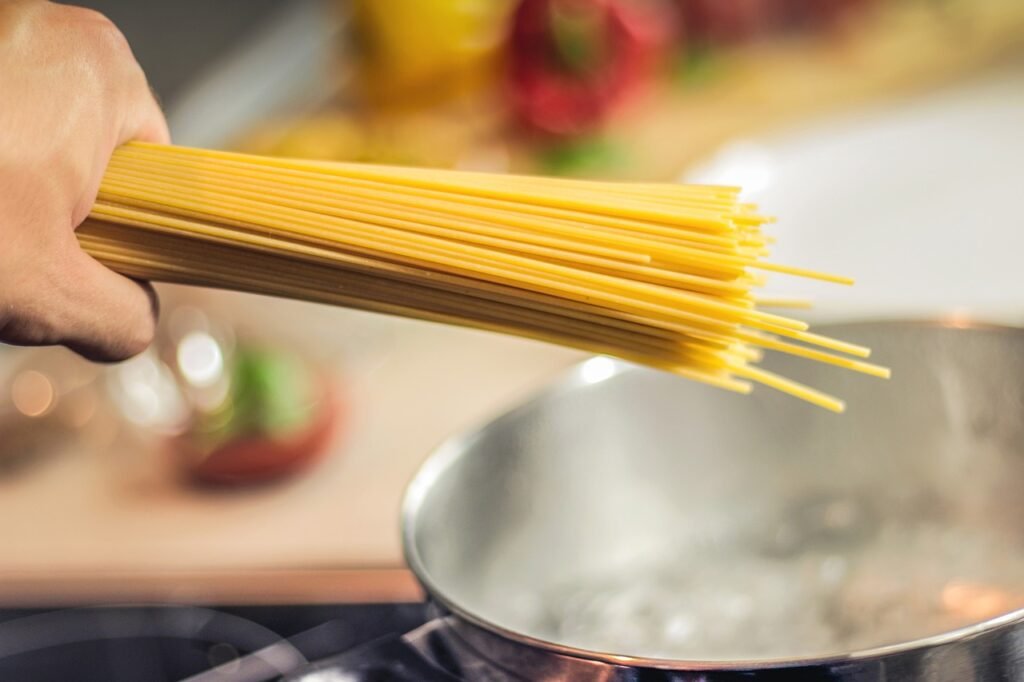
For a delectable dessert, try making chocolate mousse. The techniques involved include folding and whisking. You will need dark chocolate, eggs, sugar, and whipping cream. Start by melting the chocolate and allowing it to cool slightly. In a bowl, whisk the egg yolks with sugar until creamy. Combine the melted chocolate with the yolk mixture. In another bowl, whip the cream until soft peaks form, then carefully fold it into the chocolate mixture to maintain volume. Spoon the mousse into serving dishes and refrigerate until set. This dessert highlights the significance of texture and taste balance in cooking.
To equip yourself for these recipes, essential kitchen tools include a pot for boiling, a skillet for sautéing, mixing bowls, a whisk, and an offset spatula for folding. Remember, the journey of learning to cook can be a rewarding experience, filled with creativity and enjoyment. Embrace the process, and do not hesitate to make mistakes, for they are often the best teachers in the kitchen.
